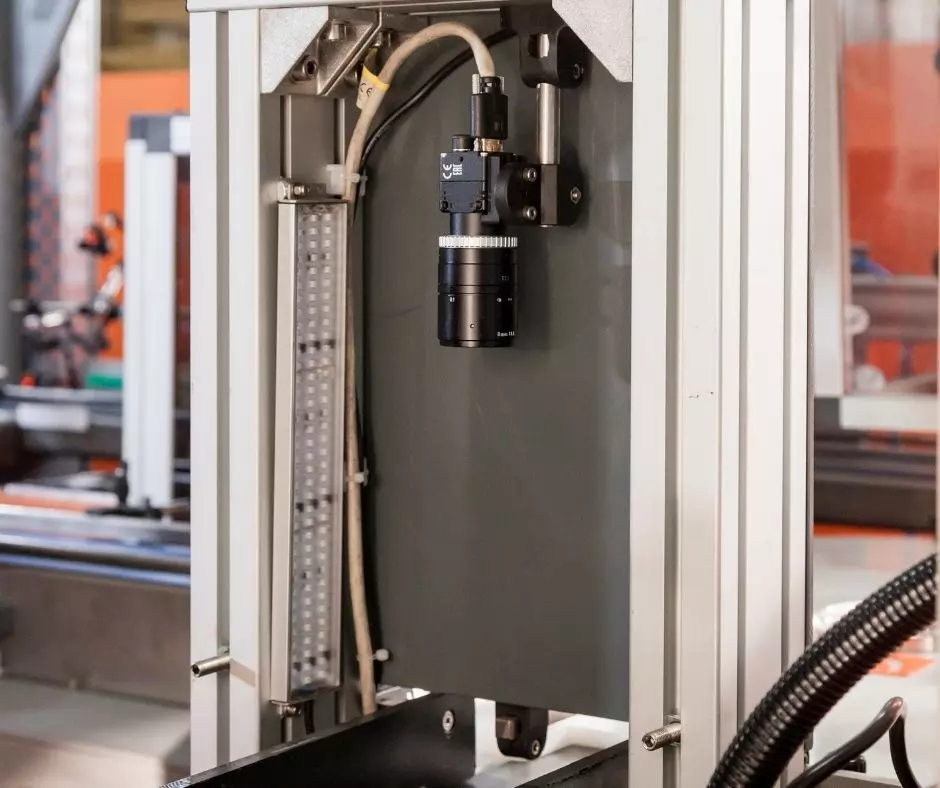
Industrial automation for quality control
The quality control of a company is a useful tool to prevent any kind of problem that could occur on the finished product. The processes of quality control are also functional to the management of relationships with suppliers, called to ensure the quality standard required to meet, and satisfy as much as possible, the demands of customers.
Quality control intervenes in different phases, from the preliminary design phase, to the actual production process, and the final test. It is therefore a real path where industrial automation can play a significant role. Let's see how.
Quality control and automation: what is OCR
Quality control requires systems that can be placed in many phases of the production process. Today, more than ever, companies need to control a large number of phases without modifying or slowing down the workflow. This is where industrial automation can provide effective answers.
There are many types of quality control and they are carried out in any industrial sector. To analyze all of them would be almost impossible, so let's look at a specific one that we at Tera Automation have previous experience with: quality control with OCR.
OCR stands for Optical Character Recognition, i.e. an optical character recognition system. These are programs that detect and convert, by means of a scanner, the characters present in a document in order to transfer them in digital format, therefore encodable by a machine.
OCR belongs to the image recognition world, the research ground of artificial intelligence and vision. But how does it work?
How OCR works
The OCR program works by analyzing the document. Analyzing the image structure by elements, it then divides blocks into lines, lines into words and words into characters. Then it starts comparing with sample images to define hypotheses for identifying letters. The OCR 'decides' which text to show at the end of recognition based on processing a large number of probabilities.
OCR imitates object recognition as it occurs in nature, based on the principles of integrity, functionality and adaptability. The result is a program that is very intelligent and flexible in its methodology, so it is very similar to how recognition occurs in humans.
T-Photo Viewer
A concrete example is our Tera Automation T-Photo Viewer for the precious metals industry, which is used in particular to check for stains or other imperfections on the ingot surface and/or for OCR verification of the stamping of the correct logo and serial number. The images captured by these vision systems are then saved and managed by Jarvis proprietary software.
Through one or more optical viewers, T-Photo Viewer takes high resolution images and through OCR collects data, such as the serial number, to store and catalog them in order to track and record them.
The benefits of an industrial automation designed this way are:
- The possibility to have a high performing quality control tool
- The guarantee of a constant supervision of the product
- The traceability of the product
The use of artificial intelligence algorithms and neural networks allows us to foresee an enormous development in the field of quality control, which can be conveyed through automated installations in the most diverse industrial fields, from fashion to pharmaceuticals, from waste treatment to welding management.
